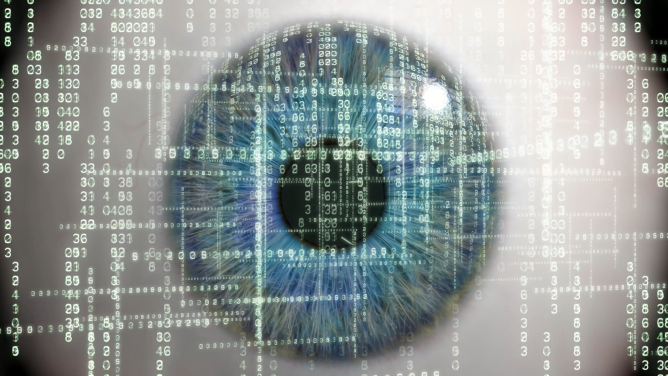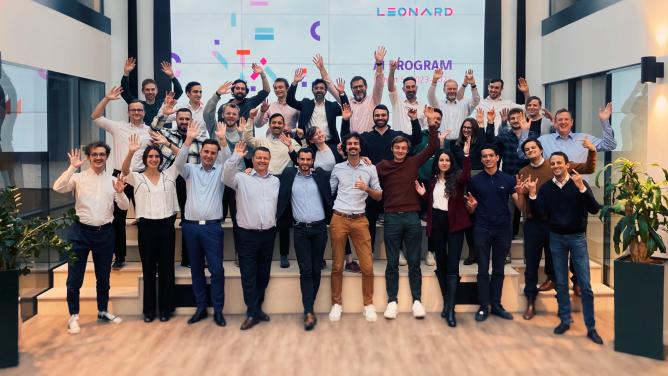Construction is a risky business. The data are clear: after lumberjacks, fishers, and airplane pilots, rankings of the most dangerous occupations are largely filled by building and construction jobs. The primary cause of shutdowns is accidents(1), most of which are caused by manual handling (48%), falls from a height (17%), hand tool use (15%), and slips and trips (14%). But there are also other, more systemic risks related to occupational illnesses, mental health issues, and more recently, the pandemic and climate change. Construction companies have made considerable efforts to ensure employee safety. For a firm like VINCI, safety is an integral part of the company culture, as proved by our unequivocal motto, Objective Zero Accidents. Though equipment, rules, training, and procedures remain the primary ways we achieve our goal, they are increasingly being supplemented by another important factor: technology.
Artificial intelligence: A new partner in safety
Smart data processing has found new applications in safety. The most promising use lies without a doubt in greater prediction of risks. By analysing images, movements, and data, artificial intelligence (AI) can create solutions capable of rooting out problem areas invisible to the human eye. By combining wearables (smart PPE) and machine learning, German start-up WearHealth is able to formulate alerts and recommendations using physiological and operational data collected at the work site. Young Israeli start-up Intsite also uses AI to analyse images. Cameras installed on plant machinery combined with technology called ForeSite work together to provide operators with valuable safety data. AutoSite technology offers even greater potential by automatically determining the least dangerous manoeuvres, in particular, for cranes. According to McKinsey, using these technologies can also improve productivity by up to 60%!
Automating the most dangerous tasks
Science fiction has made us accustomed to humanoid robots. Real ones are less human-like but just as useful. Their ability to enter hazardous areas and perform risky tasks is making them more and more indispensable to construction. Following the Fukushima disaster, the swimming robot Little Sunfish developed by Toshiba was able to reach the inside of the reactor. More relevant to construction sites, the robot arm PaintUp performs tasks using a laser guidance system, thus reducing the risk of falls and joint and muscle injury to workers. Safety and security tasks have also changed thanks to the development of drones. Israeli start-up vHive, which recently joined Leonard’s CATALYST programme, is developing a fleet of drones capable of inspecting work sites safely and automatically.
Wearables and IoT in PPE
Quantified self and smart devices are no longer only the purview of athletes and sports app users. Today, the construction industry is tracking its workers to help keep them safe. Start-up Kenzen, also a member of Leonard’s CATALYST programme, offers a sensor that captures physiological data to track employee exertion and intervene if necessary, as Heidi Lehmann, COO, describes in episode 3 of our podcast Fondations. Checkglove, produced by Neoratech (a member of Leonard’s SEED programme), are gloves worn by technicians working on medium-voltage lines. The gloves allow wearers to quickly and safely check that electricity has been turned off. It would be impossible to cover all the types of technology out there; suffice to say that these solutions, which are also applications of the Internet of Things, are appearing in most PPE. Gaston Mille is developing smart shoes that alert wearers if they lose their balance. Smart glasses by Vuzix are trying to bring augmented reality to work sites to analyse risk factors and notify wearers of them. Helmets, unsurprisingly, have joined the game and are testing digital solutions. Guardhat, for example, recently added alerts to help wearers maintain social distance, amongst other features.
Technology in training
Technological innovations are also doing their part to improve working conditions outside of construction sites. They offer more immersive and interactive solutions for training and prevention. Unity is developing virtual reality training programmes especially for construction. The programmes will help prevent risks inherent to handling loads on site. MOOCs are also helping to create more interactive opportunities. OPPBTP (French Professional Agency for Risk Prevention in Building and Civil Engineering) has created a website, www.reglesdelartamiante.fr, with guidelines for working with asbestos in various occupations and providing information on risks.
Cybersecurity risks
Though new innovations can offer powerful solutions, they also create a new risk in cybersecurity. According to PwC, 53% of engineering and construction businesses have fallen victim to cyber incidents, which take an average of 206 days to detect! In the face of such threats, Autodesk has formulated 5 recommendations to help construction companies, who are often not up to date on the subject. First, consider social engineering factors. Most hacking incidents can be traced back to information leaks from humans. Second, check your messaging systems, which are often poorly protected. Third, look at your internal talent pool. It may be worth it to hire a cybersecurity specialist depending on the scope of the risk. Fourth, inspect your information access protocols – who has access to what. Finally, make sure to update software regularly.


